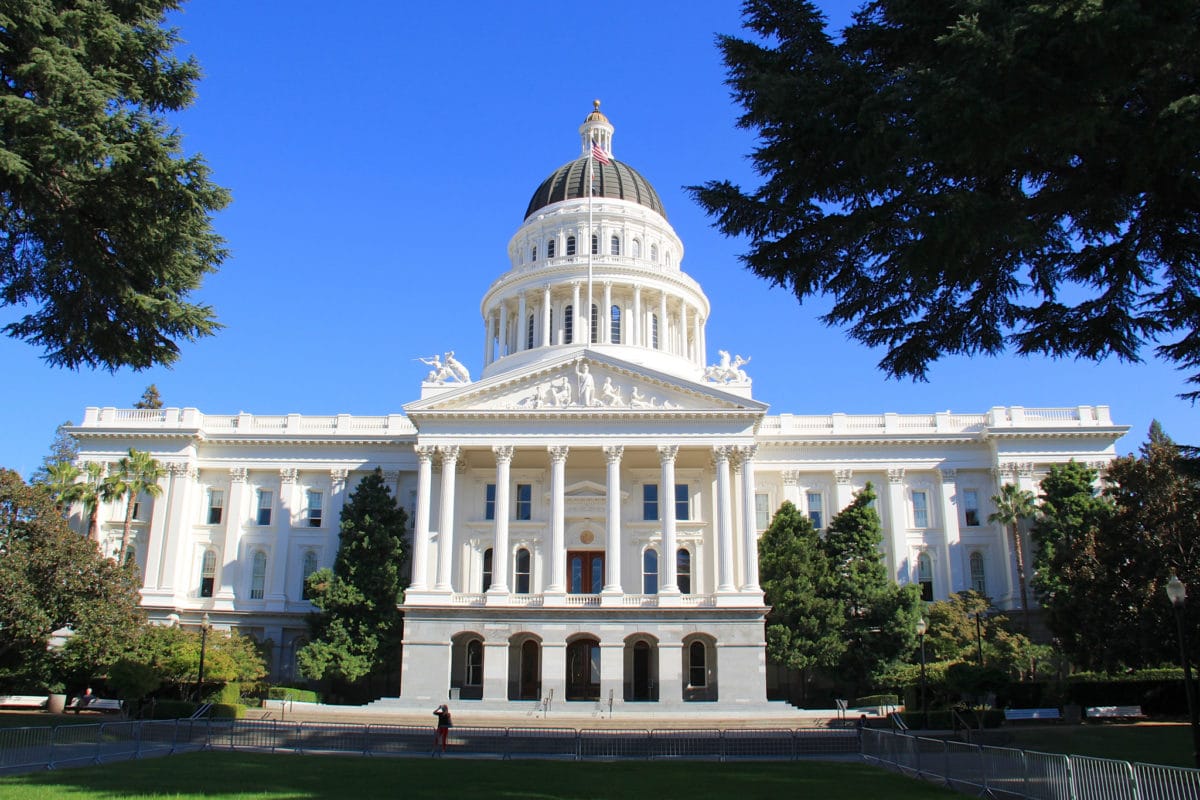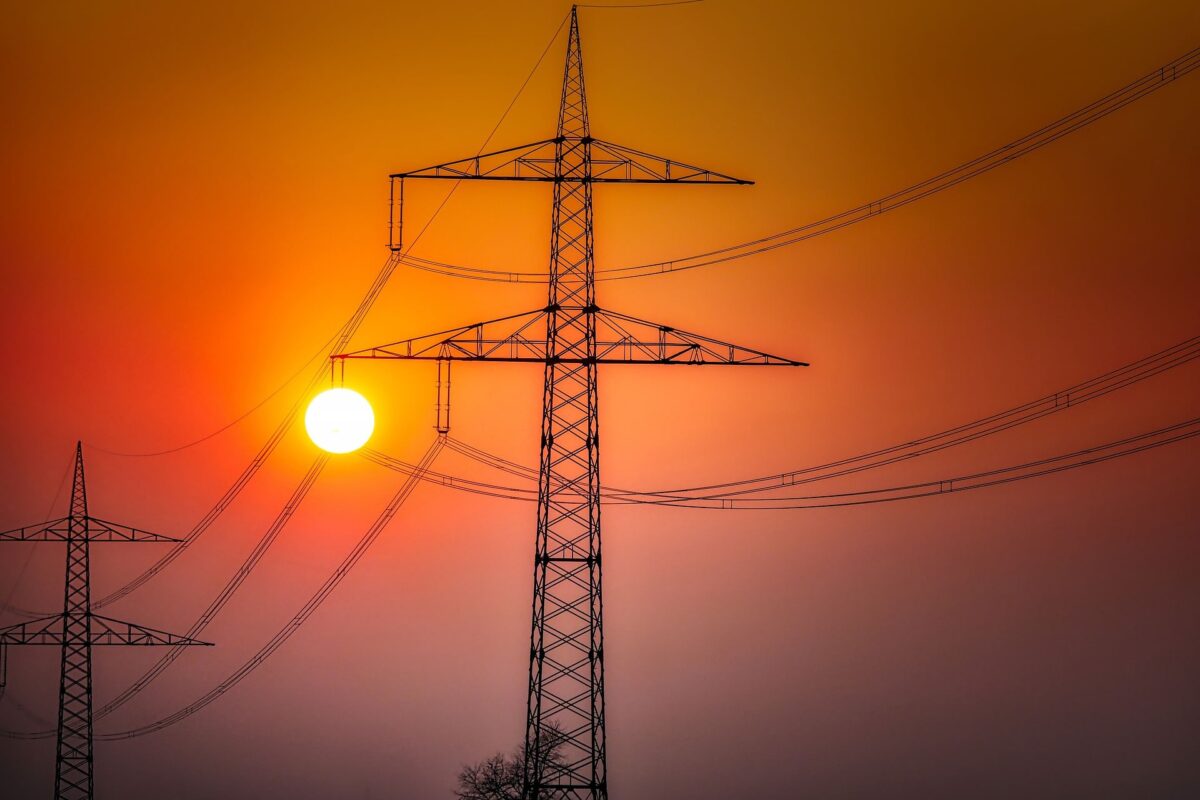With less than three weeks left in California’s legislative session, two bills are pending that could reshape the state’s electricity sector.
The first bill, SB 100, represents an effort to move the state to 100% clean energy that has been more than a year in the making. SB 100 was first introduced by former California Senate President pro tempore Kevin de León (D) in January 2017, and after failing to pass during last year’s legislative session, is having another go. The bill is currently awaiting a vote on the floor of the Assembly, where it has been sitting for more than one month after passing out of committee.
Vote Solar Managing Director of Regulatory Affairs Sachu Constantine says that he does not anticipate any serious political roadblocks to getting SB 100 passed this time, but regardless he and 145 advocates from other organizations visited Assembly offices last week drum up support for the bill. SB 100 has also been the subject of a coordinated social media campaign including environmental justice groups.
It is important to note that SB 100 is not a 100% renewable portfolio standard (RPS), like Hawaii has. Instead the bill will accelerate the ambition of the state’s existing 50% RPS to 60% by 2030, and allow the remaining 40% to be filled by any “zero-carbon” resources by 2045. While this theoretically could include large hydro or nuclear plants, given current cost and siting considerations it is unlikely that either will be built in the near future.
AB 813: Regionalization
In many ways this effort has overshadowed another bill which some advocates say will be essential in meeting this 100% clean energy goal. AB 813 would establish a pathway for California to participate in a multi-state regional transmission organization which would replace the California Independent System Operator (CAISO), with certain guarantees regarding good governance, transparency, and the protections for California’s procurement and resource policies.
This has been a sticking point for some clean energy advocates, with Clean Coalition and Sierra Club opposing the creation of a regional grid in part over concerns that California’s clean energy policies could be compromised.
Other advocates including Vote Solar and Environmental Defense Fund are supporting AB 813, while still insisting on amendments that protect the primacy of California’s policies.
“We think that regionalization is a big part of being able to deeply decarbonize the electricity sector and integrate more renewables,” Constantine told pv magazine. “We know that there are concerns about sovereignty for the state and to be able to maintain our energy regulations. Those concerns are real, but so is the price competitiveness of solar and wind plus storage. We just don’t believe that coal and dirty gas can compete.”
AB 813 is currently awaiting a hearing in the Senate Committee on Appropriations. Both bills will need to move more quickly in the next few weeks if they are to pass before the legislative session ends on August 31.
This content is protected by copyright and may not be reused. If you want to cooperate with us and would like to reuse some of our content, please contact: editors@pv-magazine.com.









That SB100 provides for large hydro may be vital to California accomplishing maximum transition to solar and wind generation, while also minimizing power costs.
For a decade, a number of 200+ MW pumped storage projects (PSPs) have been stalled for lack of a market mechanism and urgent need for their implementation.
It is axiomatic that only an environmentally-benign hydropower can be built in the US, so the PSPs are typically off-stream with new dryland upper reservoirs. A few link two existing reservoirs.
Large-scale energy storage will be needed to accommodate high percentages of renewable generation, and focus is presently upon utility-scale Li-ion battery banks. The PV industry might benefit from a careful read of this recent paper:
Li-Ion Battery versus Pumped Storage for Bulk Energy Storage – A Comparison of Raw Material, Investment Costs and CO2-Footprints.
http://events.pennwell.com/hvi2018/Public/SessionDetails.aspx?FromPage=Sessions.aspx&SessionID=21517
FERC’s pending study of grid needs and measures in market-making for ancillary services may make PSPs more viable, especially in states with aggressive RPSs. Pumped storage is an alternative to batteries that has a service life of a 50-100 years.